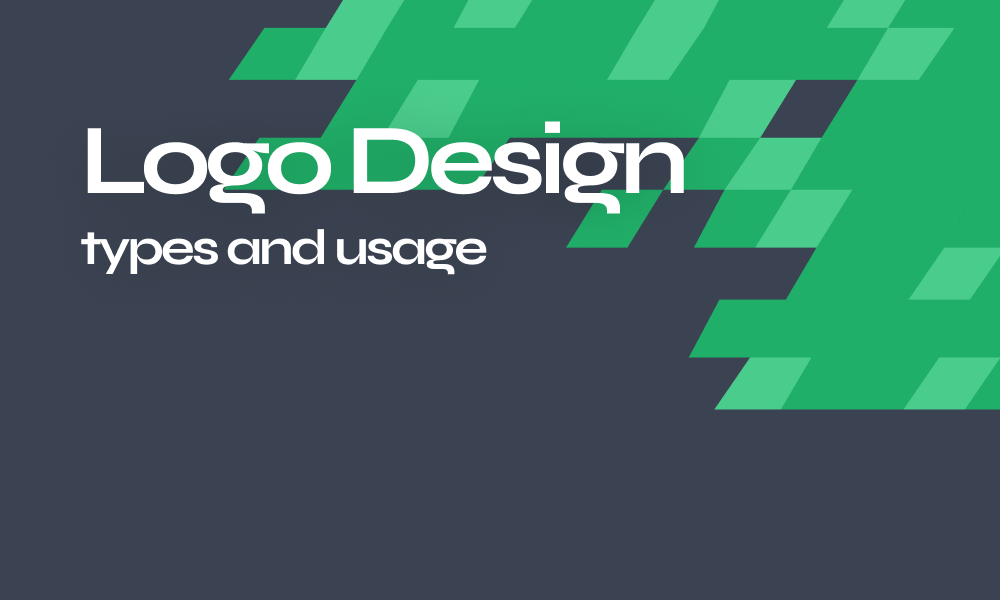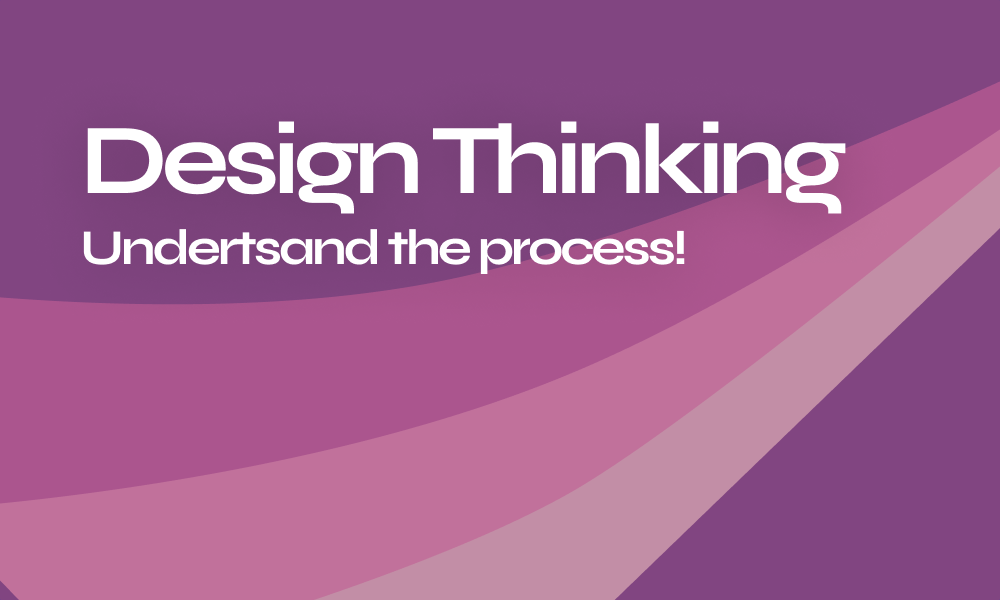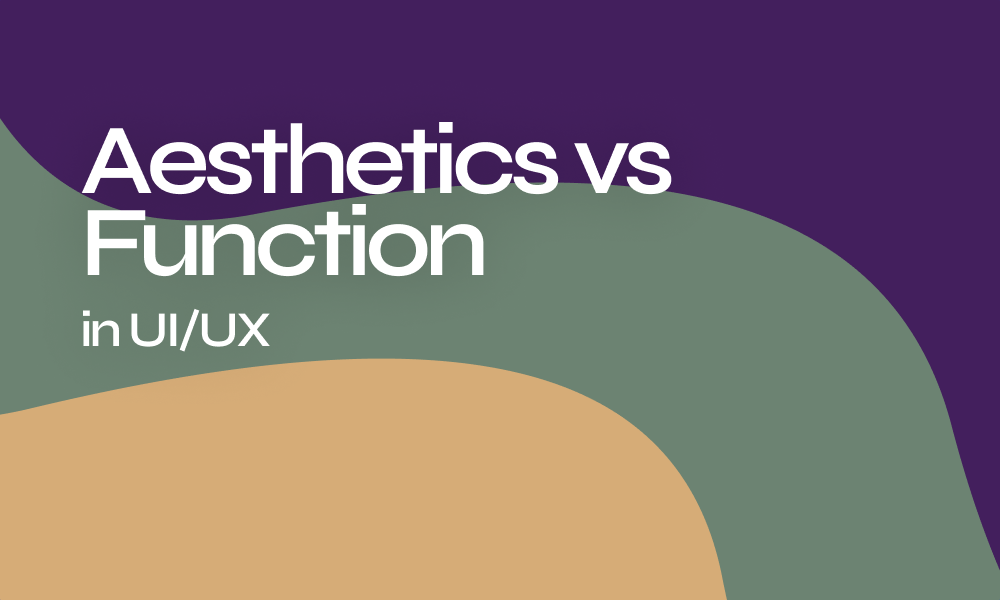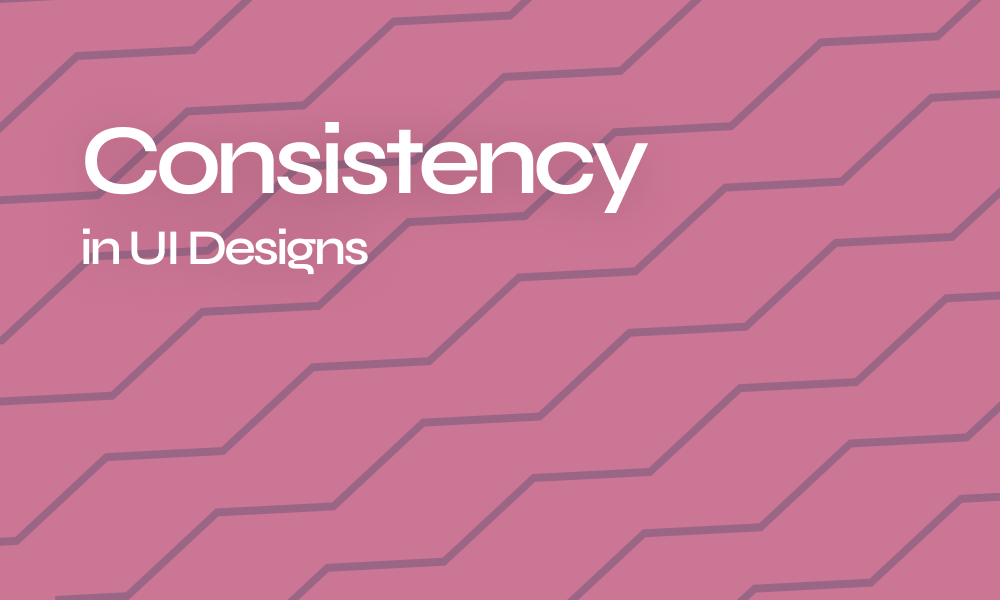
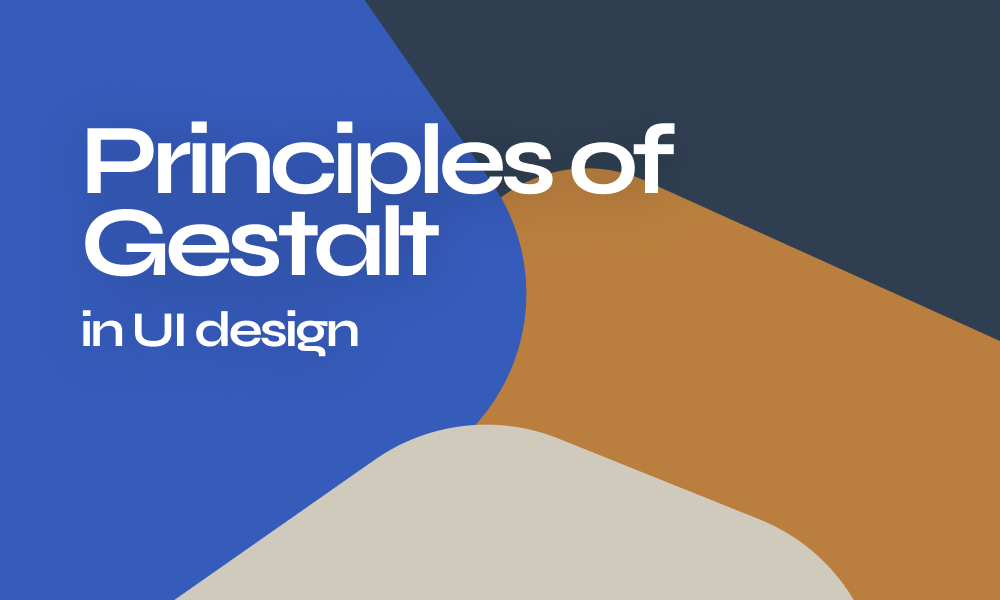
Principles of Gestalt in UI design
Our brain is consistently analyzing and memory-comparing visual patterns like shapes, shadows, colors, and everything we see in order to form, thought, vision, knowledge or action..etc
In the world of UI/UX, we design with a measured vision in an attempt to make the user perceive the digital product the right way
This is where Gestalt principles interfere: Rules to help us understand the way we perceive elements of the world around us!
How important are Gestalt principles for designers?
Experienced wise designers don’t design to impress but design with a psychological thought of how would their users perceive the entire product and how would they deliver the brand message the correct way through their design.
Understanding Gestalt principles help designers master the art of visual communication via determining which UI elements are most influential on the user opinion and so normal design turns into a goal-oriented, problem-solving, intuitive design.
The 5 Gestalt principles applicable in UI design
1. Proximity
It is easier to relate and perceive elements that are closely positioned in groups rather than individually as it makes a better sense to the brain
In UI, proximity is applied to group similar information and organizing content in layouts in order to give the user clearer visuals while space between elements boosts visual hierarchy and information flow.
2. Similarity
Elements sharing similar visual characteristics (size, color, icon, shape texture, dimension etc) are better perceived than randomly grouped elements.
In IU similarity is applied when we group elements to form patterns in order to:
- organize these elements according to their category and function
- create contrast or visual weight to differentiate from other groups.
- draw the user’s attention to specific content in scannable visuality
3. Continuation
Elements arranged in a flow or shape to form a line or a soft curve are perceived to be more related than those arranged randomly or in a harsh line.
In UI continuity applies within the logical flow user eyes follow seeking information. Components structured in tabs or dropdown selections with a partial option provide continuity in information flow. The Disruption of this continuity reflects the eyes at the end of a section and draws attention to a new segment of content.
4. Closure
Grouping individual elements to form a figure and get perceived as a composition
Composition is UI is applied in the presentation of a piece of information within a group of elements in order to optimize space and the number of elements needed to communicate a message and so minimize visual noise.
5. Figure/Ground
Grouping elements visually to separate them according to different planes and levels of focus.
In UI design figure and ground are applied in pop-up sections, parallax background, semi-transparent overlay, shadowing, or blurring elements in the background to accentuate information hierarchy.
Apply gestalt principles like a pro with Arsenic Design System!

Arsenic was built to serve consistency at all levels to all designs and nothing less.

